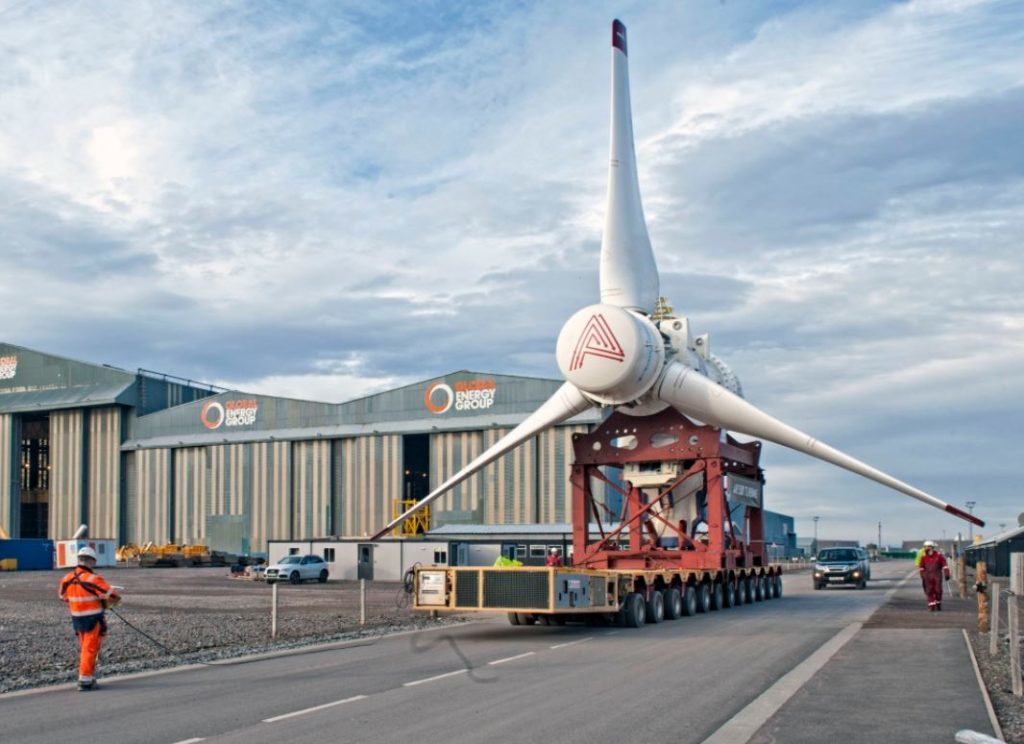
Simec Atlantis Energy is in talks with UK Government to aid the expansion of the world’s largest tidal energy project.
In an operational update, the Edinburgh-headquartered firm said it is working to secure the necessary support to allow the further rollout of “tidal stream technology”, specifically the MeyGen array in the Pentland Firth.
It expects the buildout of the development to encourage “significant international opportunity” for further projects.
Bringing the cost of energy from tidal generation in line with that of “more established” forms of clean power was identified as another benefit.
According to Simec Atlantis, Westminster has indicated it will announce details of the support mechanisms this summer, with the auction round taking place towards the end of the year.
The cross-party Environmental Audit Committee recently urged the UK Government to engage with industry to establish appropriate revenue support for the emerging sector.
Deployed in some of the fastest flowing waters in the UK, just over a miles off Scotland’s North coast, MeyGen is being built in a number of stages.
In 2018, the first four turbines for the project formally entered their 25-year operations phase.
As of last year, a total of 24.7 gigawatt hours (GWh) of green energy had been exported to the grid.
Work on the second phase of the project, creating a subsea hub that will allow multiple turbines to be connected to a single power export cable, is currently ongoing.
Simec Atlantis is planning to install a further 49, 73.5 megawatt turbines at MeyGen at an estimated cost of £420 million.
It’s hoped the expansion will justify the creation of turbine manufacturing facility at Port of Nigg, creating more than 5,000 full time roles.
In its operational update, Simec Atlantis said: “Operationally, MeyGen continues to provide vital learning to help the design and development for our future projects.
“Currently, three of the turbines have been moved to our workshop in Nigg to allow the team to complete onshore service works.
“We expect one of the turbines to be returned to service very shortly with the other two scheduled to be returned to service later in the year, once their service works are completed.”
Recommended for you

